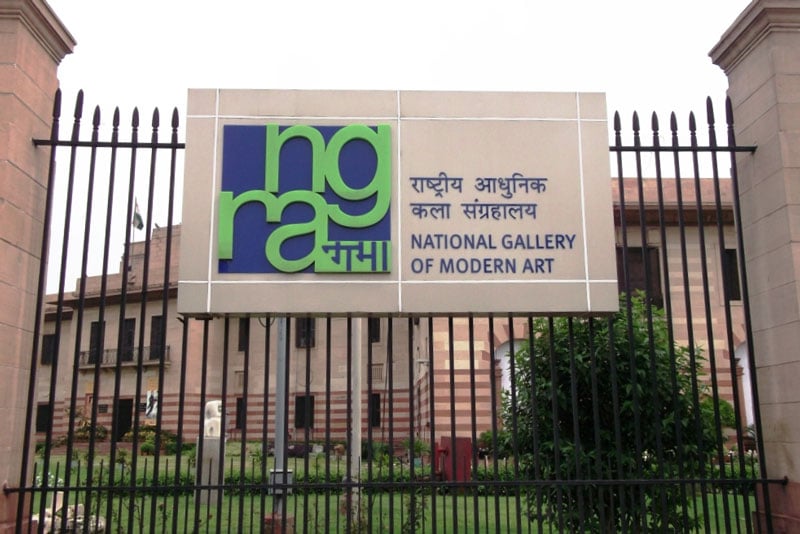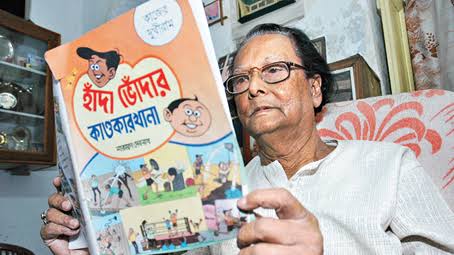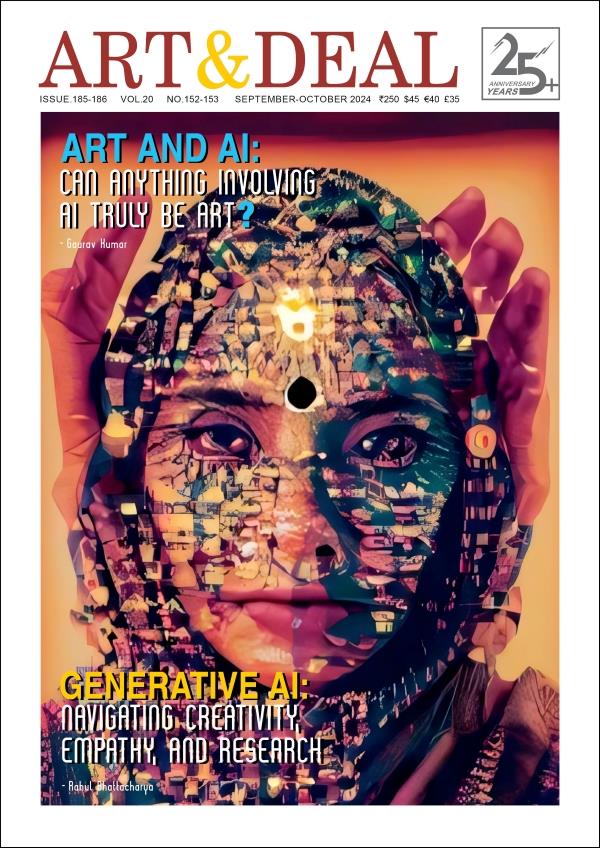The pandemic has profoundly transformed art institutions globally, with Indian institutions undergoing significant digital adaptation. In India, the pandemic accelerated the shift towards online platforms, enhancing accessibility and engagement for artists and audiences.
One notable example is the National Gallery of Modern Art (NGMA) in New Delhi, adapted by launching virtual exhibitions and interactive online tours. The gallery’s “Virtual NGMA” initiative showcased its extensive collection, including works by renowned Indian artists like Rabindranath Tagore and Amrita Sher-Gil. This shift kept the public engaged and highlighted the potential of digital platforms in broadening art accessibility.

Augmented Reality (AR) has also gained traction in India. As Indian art institutions move forward with the integration of digital tools such as AR, VR, and online platforms will continue to play a crucial role.
For instance, the Augmented Reality (AR) exhibition fAr out, presented by PlucTV and Snap India, and Memorial to Socialist Modernity by architect Rohit Raj Mehndiratta, which addresses public consciousness through the destruction of three urban spaces in India. This integration of AR allowed viewers to interact with Art Dubai 2024’s digital segment, showcasing the cutting edge of art and advanced technologies (AxAT), featuring over 20 new media art presentations. Attendees experienced the latest in artificial intelligence (AI), augmented reality (AR), virtual reality (VR), and extended reality (XR), highlighting the rapid evolution and possibilities within the digital art realm. These advancements not only democratize access to art but also redefine the traditional boundaries of art institutions, creating a more inclusive and globally connected art ecosystem.




